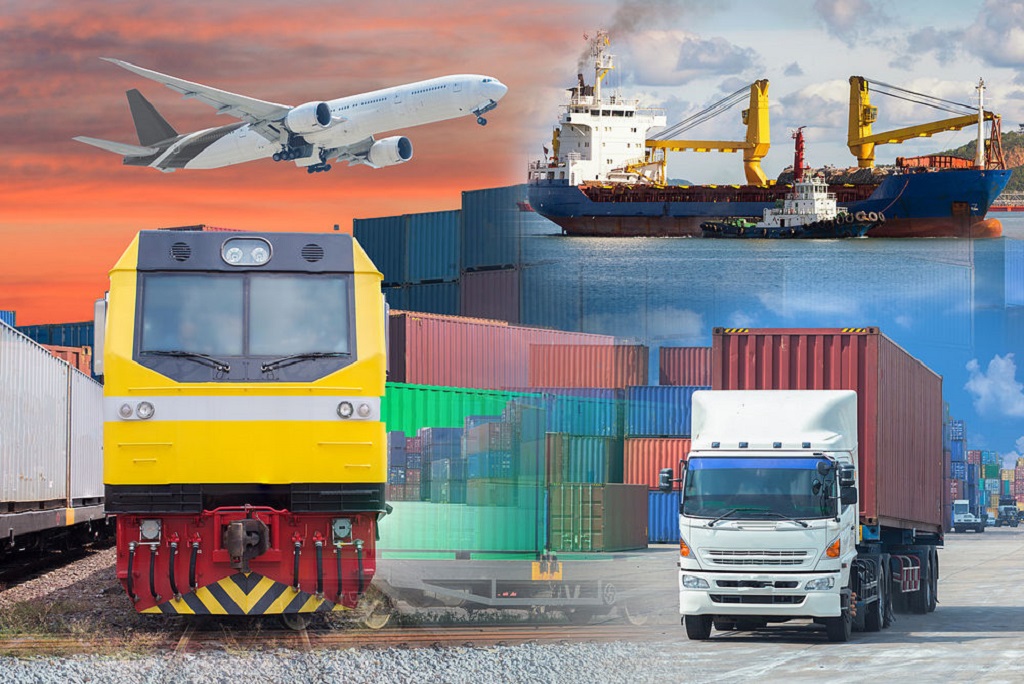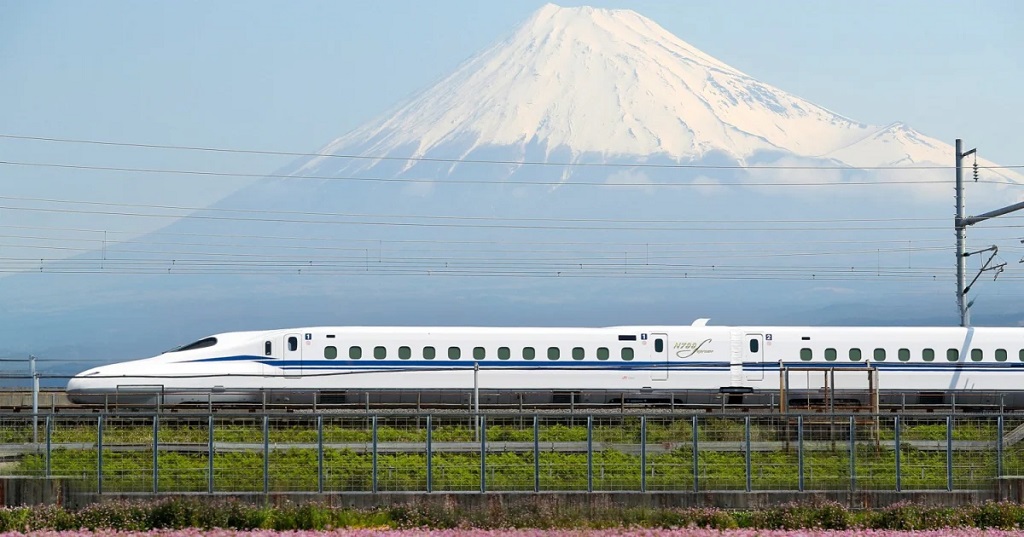When it comes to choosing the most effective mode of transportation, the decision can be influenced by a variety of factors. From distance and cost to speed and environmental impact, each consideration plays a role in determining the best transportation mode for your needs. In this article, we’ll delve into several transportation options and discuss their effectiveness based on different criteria. This article is presented by Localvaluemagazine.com.
Rail: Efficiency in Motion
Rail transportation, exemplified by trains, stands out as one of the most cost-effective and efficient ways to move large numbers of people and goods. The inherent low friction of rail tracks, combined with streamlined engineering, allows trains to glide smoothly, resulting in impressive energy efficiency for both freight and passenger travel. The focused track system and absence of on-road congestion also contribute to the reliability and timeliness of modern transport solutions like rail transport.
Public Transportation: Navigating Urban Terrain
In bustling urban areas, well-developed public transportation systems offer a highly effective solution to the challenges of congestion and environmental impact. Buses, subways, and trams collectively constitute a network that efficiently moves numerous passengers while reducing traffic snarls and carbon emissions. This integrated approach to mass transit provides affordable, accessible, and eco-friendly options, catering to a diverse cross-section of the population.
Mass Rapid Transit: The Need for Speed
Cities like Seoul, Tokyo, and Singapore have embraced Mass Rapid Transit (MRT) systems, setting a precedent for efficient urban transportation. Known for their speed and reliability, MRTs not only move people swiftly but also enhance the overall transit experience. With features like dedicated lines and modern stations, these systems cater to densely populated areas, where timely movement is crucial.
Cycling and Walking: Sustainable Short-Distance Solutions
In specific scenarios, such as short distances within congested urban settings, the most effective modes of transportation can be surprisingly simple: cycling and walking. These modes offer environmental benefits, promoting physical activity while bypassing the traffic snarls that can plague other transportation methods. Additionally, cycling and walking can often prove faster for short distances, especially during peak hours.
Embracing Multimodal Transportation
It’s essential to recognize that the choice of the most effective transportation mode is context-dependent. A diverse range of factors, including individual preferences, community needs, and geographical constraints, contribute to this decision. Multimodal transportation, which involves integrating various modes of transport, has emerged as a holistic approach to meeting varied travel requirements. By combining options like trains, buses, cycling, and walking, communities can address different needs efficiently and sustainably.
Conclusion
In the pursuit of the most effective transportation mode, the needs of individuals, such as traveling with a disability alone, further emphasize the importance of considering diverse factors like accessibility alongside efficiency, cost-effectiveness, and environmental impact.By evaluating these factors in the context of your specific situation, you can make an informed decision that aligns with your needs while contributing positively to the community and the environment.
FAQs
What factors should I consider when choosing transportation?
Different factors like distance, cost, speed, and environmental impact should be weighed when making a transportation choice.
Is cycling a viable transportation option for longer distances?
While cycling is excellent for short distances, its feasibility for longer distances depends on your fitness level and local infrastructure.
Are there cities without effective public transportation systems?
Some cities might have underdeveloped public transportation, but many urban centers are investing in improving these systems.
How does multimodal transportation benefit communities?
Multimodal transportation provides flexibility and efficiency, allowing communities to tailor transportation options to diverse needs.
Can walking really be faster than other modes of transport in congested areas?
In heavy traffic, walking can sometimes be faster than cars or public transport for short distances due to gridlock.


